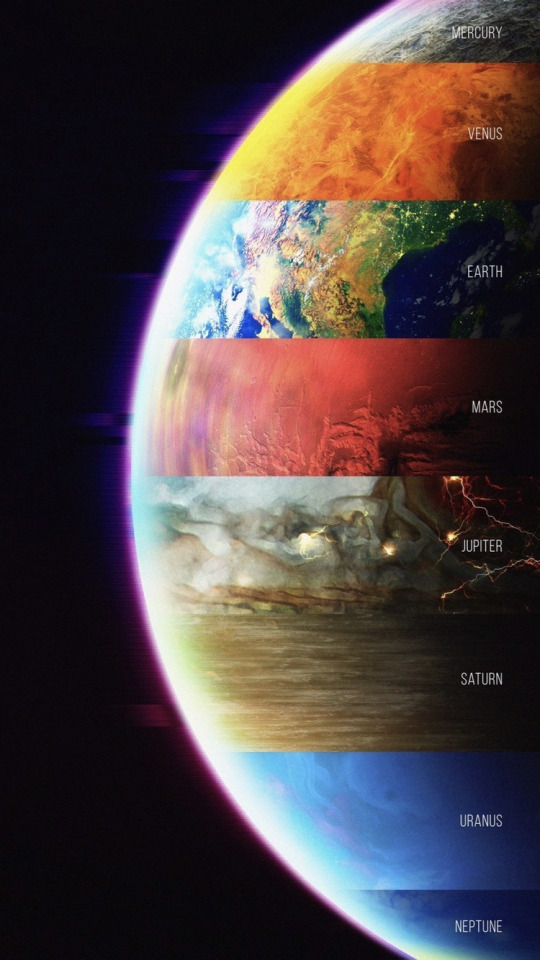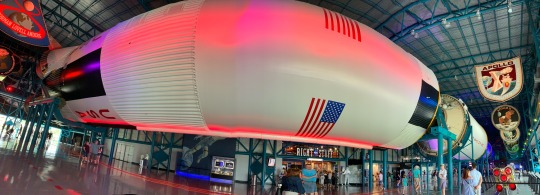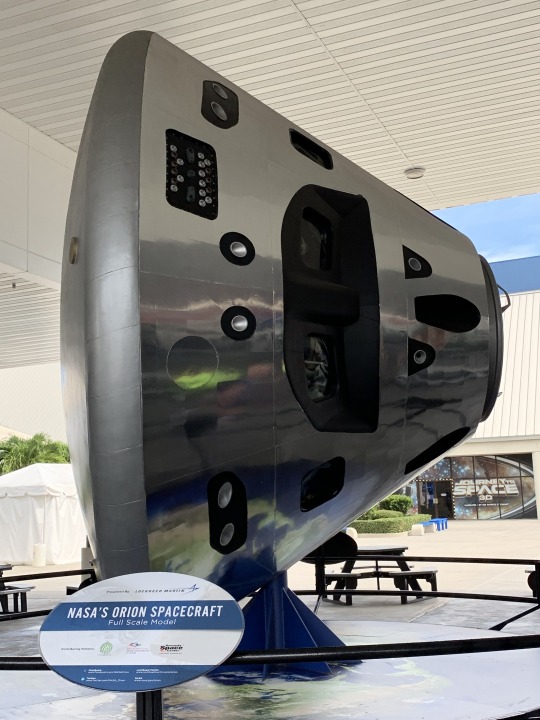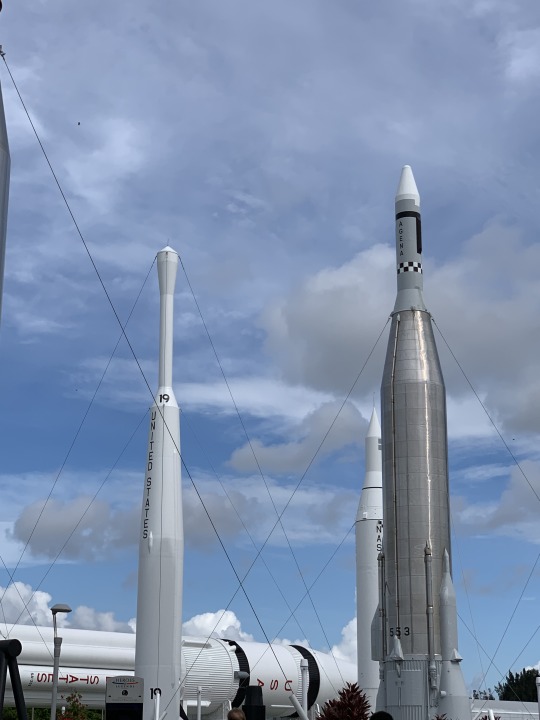#NASA&039;s Jet Propulsion Laboratory
Text
Soccer field-sized asteroid to pass Earth Thursday - NASA
Soccer field-sized asteroid to pass Earth Thursday – NASA
Asteroid 2019 XS measures around 100 meters, just a bit smaller than a soccer field, per FIFA’s regulations. But unlike the soccer balls in Qatar, this asteroid won’t score any goals on Earth.
By AARON REICH
An asteroid just slightly smaller than an average soccer field is set to pass by the Earth this Thursday, according to NASA’s asteroid tracker.
The asteroid has been designated 2019 XS,…

View On WordPress
#Asteroid 2019 XS#Center for Near-Earth Object Studies (CNEOS) at NASA&039;s Jet Propulsion Laboratory (JPL)#Earth#nasa
0 notes
Text

"Bazen 'Acaba gezegenimiz evrenin tımarhanesi mi?' diye düşünmeden edemiyorum."
Goethe
#nesquikgalaxy#postlarım#goethe#sözler#alıntı#postlarim#umut bitti gezegeni yakın#bu gezegen benimki değil#gezegenler#gezegenin#uzay#uzay turizmi#uzaylilargercek#uzaylilarakafatutanturk#avrupa uzay ajansı#uluslararası uzay i̇stasyonu#nasa#nasa&039;s jet propulsion laboratory#nasa perseverance
3 notes
·
View notes
Text
HAPPY 50TH ANNIVERSARY OF THE MOON LANDING!!!!!
#outer space#space#final space#spacecraft#nasa&039;s jet propulsion laboratory#nasa#i. ooc : [slides nasa $20] so tell me about the aliens.#apollo#apollo 11#50 years#woo
29 notes
·
View notes
Photo

22 notes
·
View notes
Photo

50th anniversary of the Apollo 11 moon landing!
#apollo11#space#moon#illustrator#illustration#poster#design#book#nasa&039;s jet propulsion laboratory
10 notes
·
View notes
Text









Kennedy Space Center
#kennedy space center#rocket ship#saturn v#space shuttle#orion#nasa&039;s jet propulsion laboratory#nasajpl
3 notes
·
View notes
Link
@nasa @nasa-official @nasajunocam @nasagifs @nasafanboy @fullforminhindi-blog
0 notes
Text
#technology#news updates#innovation#mars#science#nasa&039;s jet propulsion laboratory#nasa image of the day
0 notes
Text
Dr. Jessica Watkins Set to Become 1st Black Woman Astronaut to Spend Months in Space (VIDEO)
Dr. Jessica Watkins Set to Become 1st Black Woman Astronaut to Spend Months in Space (VIDEO)
[ASA astronaut Jessica Watkins poses for a portrait, Tuesday, Sept. 15, 2020, in the Blue Flight Control Room at NASA’s Johnson Space Center in Houston. Photo Credit: NASA/Bill Ingalls]
This April, NASA astronaut Jessica Watkins is set to become the first Black woman to live and work on the International Space Station for an extended mission.
This will be Watkins’ first trip to space following…

View On WordPress
#Ames Research Center#Colorado#Gaithersburg#International Space Station#Jessica Watkins#Joan Higginbotham#Lafayette#Mae Jemison#Maryland#NASA#NASA&039;s Artemis program#NASA’s Jet Propulsion Laboratory#SpaceX#Stanford University#Stephanie Wilson#UCLA#University of California Los Angeles
63 notes
·
View notes
Text

#astronomy#space#scientist#scientology#cosmology#astronomyphotography#nasa&039;s jet propulsion laboratory#nasa tv#nasabeyond#funny mother&039;s day poems#planets#planejamento#planelovers#planeswalker#ignis scientia#scientific illustration
0 notes
Text
I am a mechanical engineer and currently studying a master’s degree in mechanical engineering, specializing in designs. My graduation project is one of the applications of space and how to suppress vibrations in it using artificial intelligence methods.. I have a question, can I take courses on aviation and space in your agency? Any courses there and is it possible to train or grant certificates? And how.. I hope for an answer from you, with many thanks and appreciation
1 note
·
View note
Text
NASA's Orbiting Carbon Observatory-3 Gets First Data
#NASA 's Orbiting Carbon Observatory-3 Gets First Data
NASA’s Orbiting Carbon Observatory-3 (OCO-3), the agency’s newest carbon dioxide-measuring mission to launch into space, has seen the light. From its perch on the International Space Station, OCO-3 captured its first glimpses of sunlight reflected by Earth’s surface on June 25, 2019. Just weeks later, the OCO-3 team was able to make its first determinations of carbon dioxide and solar-induced…
View On WordPress
0 notes
Text
NASA's Orbiting Carbon Observatory-3 Gets First Data
#NASA 's Orbiting Carbon Observatory-3 Gets First Data
NASA’s Orbiting Carbon Observatory-3 (OCO-3), the agency’s newest carbon dioxide-measuring mission to launch into space, has seen the light. From its perch on the International Space Station, OCO-3 captured its first glimpses of sunlight reflected by Earth’s surface on June 25, 2019. Just weeks later, the OCO-3 team was able to make its first determinations of carbon dioxide and solar-induced…
View On WordPress
0 notes
Text
NASA's Orbiting Carbon Observatory-3 Gets First Data
#NASA 's Orbiting Carbon Observatory-3 Gets First Data
NASA’s Orbiting Carbon Observatory-3 (OCO-3), the agency’s newest carbon dioxide-measuring mission to launch into space, has seen the light. From its perch on the International Space Station, OCO-3 captured its first glimpses of sunlight reflected by Earth’s surface on June 25, 2019. Just weeks later, the OCO-3 team was able to make its first determinations of carbon dioxide and solar-induced…
View On WordPress
0 notes
Text
Tiny satellites fall silent after proving new tech at Mars
Tiny satellites fall silent after proving new tech at Mars
[ad_1]
NASA said it hasn’t heard from them for more than a month now — and doubts it ever will. (Image: AP)
Two tiny satellites have fallen silent hundreds of millions of miles away, after proving new technology at Mars. The twin CubeSats, nicknamed WALL-E and EVE, shadowed NASA’s InSight lander to Mars last year. As the lander descended to the Martian surface in November, the briefcase-size…
View On WordPress
#astronomical objects#astronomy#california#exploration of mars#fall#john baker#Mars#nasa&039;s jet propulsion laboratory#national aeronautics and space administration#natural satellite#pasadena#planets#program manager#proving#satellite#satellites#silent#tech#Tiny
0 notes
Text
This slideshow requires JavaScript.
CAPE CANAVERAL, Fla. (AP) — A NASA spacecraft designed to burrow beneath the surface of Mars landed on the red planet Monday after a six-month, 300 million-mile (482 million-kilometer) journey and a perilous, six-minute descent through the rose-hued atmosphere.
After waiting in white-knuckle suspense for confirmation to arrive from space, flight controllers at NASA’s Jet Propulsion Laboratory in Pasadena, California, leaped out of their seats and erupted in screams, applause and laughter as the news came in that the three-legged InSight spacecraft had successfully touched down.
People hugged, shook hands, exchanged high-fives, pumped their fists, wiped away tears and danced in the aisles.
“Flawless,” declared JPL’s chief engineer, Rob Manning.
“This is what we really hoped and imagined in our mind’s eye,” he said. “Sometimes things work out in your favor.”
A pair of mini satellites trailing InSight since their May liftoff provided practically real-time updates of the spacecraft’s supersonic descent through the reddish skies. The satellite also shot back a quick photo from Mars’ surface.
The image was marred by specks of debris on the camera cover. But the quick look at the vista showed a flat surface with few if any rocks — just what scientists were hoping for. Much better pictures will arrive in the hours and days ahead.
A NASA technician prepares InSight for thermal vacuum testing in its “cruise” configuration for its flight to Mars. (NASA/JPL-Caltech/Lockheed Martin via AP)
“What a relief,” Manning said. “This is really fantastic.” He added: “Wow! This never gets old.”
InSight, a $1 billion international venture, reached the surface after going from 12,300 mph (19,800 kph) to zero in six minutes flat, using a parachute and braking engines. Radio signals confirming the landing took more than eight minutes to cross the nearly 100 million miles (160 million kilometers) between Mars and Earth.
Viewings were held coast to coast at museums, planetariums and libraries, as well as New York’s Times Square.
NASA last landed on Mars in 2012 with the Curiosity rover.
“Landing on Mars is one of the hardest single jobs that people have to do in planetary exploration,” InSight’s lead scientist, Bruce Banerdt, said before Monday’s success. “It’s such a difficult thing, it’s such a dangerous thing that there’s always a fairly uncomfortably large chance that something could go wrong.”
Mars has been the graveyard for a multitude of space missions. Up to now, the success rate at the red planet was only 40 percent, counting every attempted flyby, orbital flight and landing by the U.S., Russia and other countries since 1960.
The U.S., however, has pulled off seven successful Mars landings in the past four decades, not counting InSight, with only one failed touchdown. No other country has managed to set and operate a spacecraft on the dusty surface.
InSight was shooting for Elysium Planitia, a plain near the Martian equator that the InSight team hopes is as flat as a parking lot in Kansas.
The stationary 800-pound (360-kilogram) lander will use its 6-foot (1.8-meter) robotic arm to place a mechanical mole and seismometer on the ground. The self-hammering mole will burrow 16 feet (5 meters) down to measure the planet’s internal heat, while the seismometer listens for possible quakes.
A composite photo was created from over 100 images of Mars taken by Viking Orbiters in the 1970s. (NASA via AP, File)
No lander has dug deeper on Mars than several inches, and no seismometer has ever worked on the planet.
Germany is in charge of InSight’s mole, while France is in charge of the seismometer.
An ecstatic Philippe Laudet, the French Space Agency’s project manager, said at JPL that now that the seismometer is on Mars, a “new adventure” is beginning.
By examining the interior of Mars, scientists hope to understand how our solar system’s rocky planets formed 4.5 billion years ago and why they turned out so different — Mars cold and dry, Venus and Mercury burning hot, and Earth hospitable to life.
InSight has no life-detecting capability, however. That will be left to future rovers, such as NASA’s Mars 2020 mission, which will collect rocks that will eventually be brought back to Earth and analyzed for evidence of ancient life.
By MARCIA DUNN – Nov 26. 2018 – 4:01 PM EDT
___
For AP’s complete coverage of the Mars landing: https://apnews.com/MarsLanding
___
The Associated Press Health & Science Department receives support from the Howard Hughes Medical Institute’s Department of Science Education. The AP is solely responsible for all content.
NASA Spacecraft Lands On Red Planet After Six-Month Journey CAPE CANAVERAL, Fla. (AP) — A NASA spacecraft designed to burrow beneath the surface of Mars landed on the red planet Monday after a six-month, 300 million-mile (482 million-kilometer) journey and a perilous, six-minute descent through the rose-hued atmosphere.
0 notes